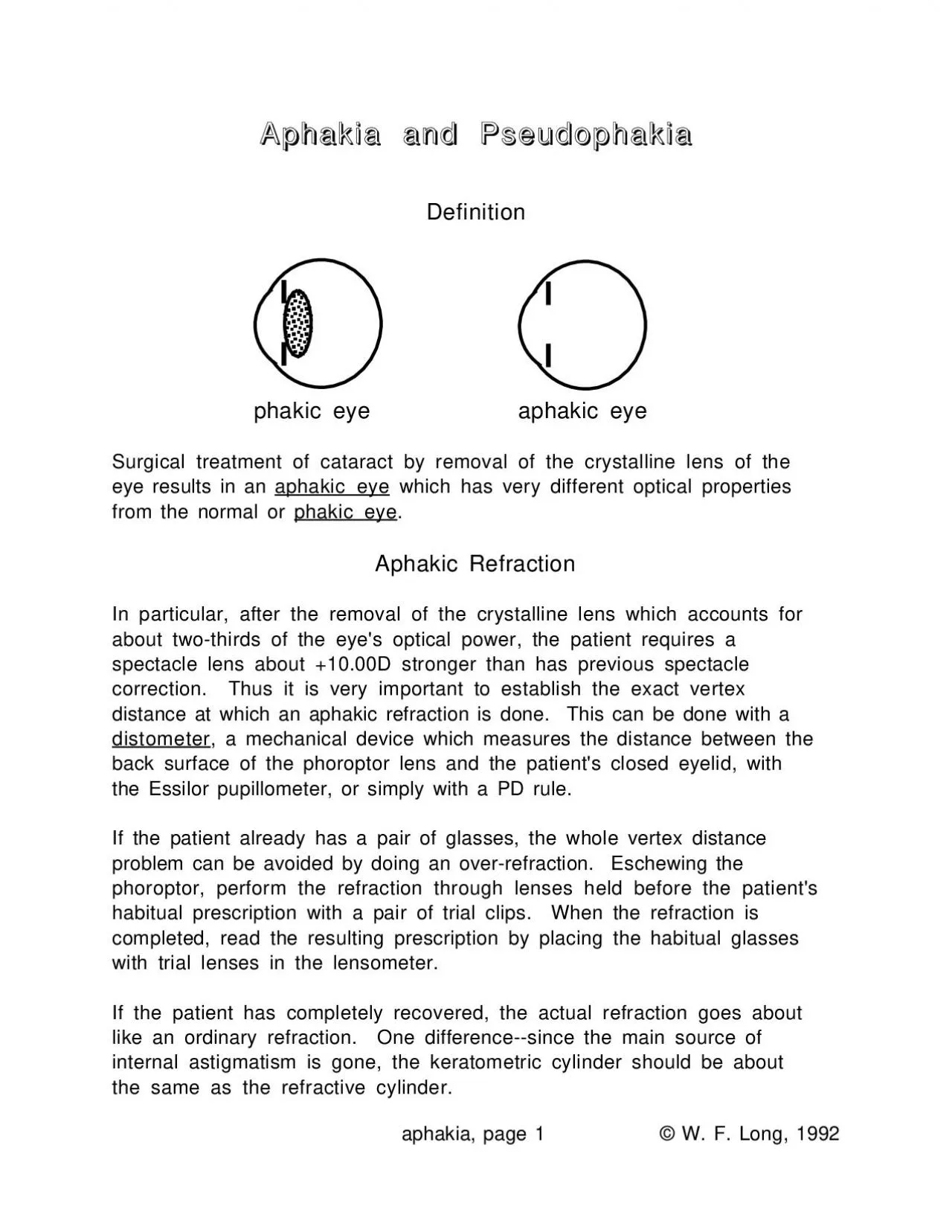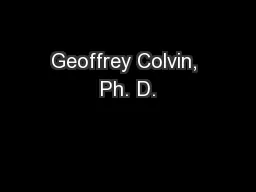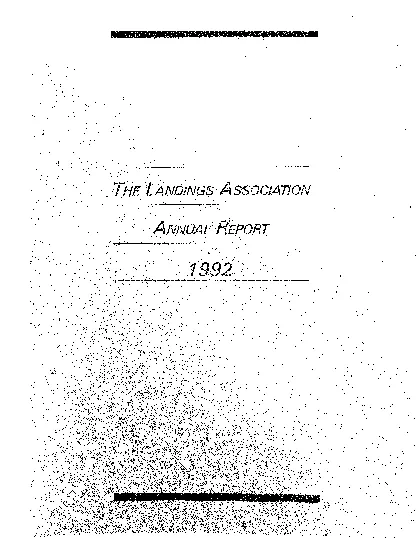PDF-aphakia page 1 W F Long 1992
Author : natalie | Published Date : 2022-08-16
aphakic eye which has very different optical propertiesfrom the normal or phakic eye correction Thus it is very important to establish the exact vertexdistance at
Presentation Embed Code
Download Presentation
Download Presentation The PPT/PDF document "aphakia page 1 W F Long 1992" is the property of its rightful owner. Permission is granted to download and print the materials on this website for personal, non-commercial use only, and to display it on your personal computer provided you do not modify the materials and that you retain all copyright notices contained in the materials. By downloading content from our website, you accept the terms of this agreement.
aphakia page 1 W F Long 1992: Transcript
Download Rules Of Document
"aphakia page 1 W F Long 1992"The content belongs to its owner. You may download and print it for personal use, without modification, and keep all copyright notices. By downloading, you agree to these terms.
Related Documents














